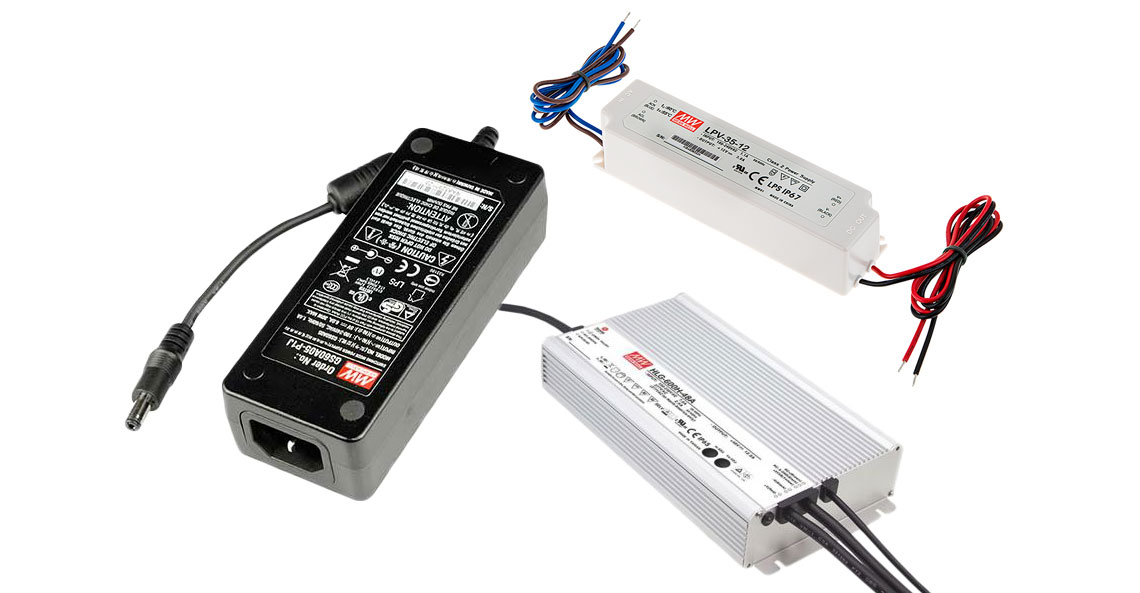Choosing the correct LED power supply is one of the most critical steps in ensuring the success and longevity of any LED lighting project. Whether you're illuminating a residential space, a commercial building, or an outdoor landscape, your LED lights are only as good as the power supply that drives them. A mismatched or low-quality power supply can lead to flickering, overheating, reduced lifespan, or even complete failure of the LED system. This article will guide you through the essential factors to consider when selecting the right LED power supply.
What Is an LED Power Supply?
An LED power supply, often referred to as an LED driver, is a device that converts the electrical current from your main power source to a consistent output suitable for LEDs. Since most LED lights operate on low-voltage direct current (DC), the power supply ensures they receive the correct voltage and current to function efficiently and safely.

Key Factors to Consider
1. Voltage Compatibility
The first step is to match the voltage requirements of your LED lights with the power supply. Common voltages for LED systems include 12V and 24V DC. Check your LED product specifications and ensure the LED power supply provides the correct output voltage. Mismatched voltage can damage the lights or lead to underperformance.
2. Wattage and Power Capacity
Calculate the total wattage of your LED lights and add a 20-30% buffer to ensure your LED power supply isn’t running at full capacity constantly. For example, if your lighting setup consumes 80 watts, choose a power supply rated for at least 100 watts. This helps prevent overheating and extends the lifespan of both the LEDs and the power supply.
3. Constant Voltage vs. Constant Current
Depending on your LED setup, you may need either a constant voltage or constant current power supply:
Constant voltage is suitable for most LED strip lights and systems with built-in resistors or internal drivers.
Constant current is ideal for high-power LEDs and modules that require a steady current flow.
Always check the product documentation to determine which type your system requires.
4. Indoor or Outdoor Use
If your lighting project is outdoors or in a wet environment, choose a weatherproof LED power supply with an IP65, IP67, or higher rating. These are sealed to prevent water and dust ingress, ensuring safe and reliable operation in challenging conditions.
5. Dimming Capabilities
If your project requires dimmable lighting, make sure the LED power supply is compatible with the type of dimmer you plan to use (e.g., TRIAC, PWM, or 0-10V dimming). Not all power supplies support dimming, so check the specifications carefully.
Conclusion
Selecting the right LED power supply is a vital part of any lighting installation. By understanding your system’s voltage, wattage, current, and environmental requirements, you can ensure efficient operation, enhanced safety, and long-lasting performance. Investing in a high-quality power supply may cost a little more upfront, but it pays off in reliability and peace of mind throughout the life of your LED lighting project.